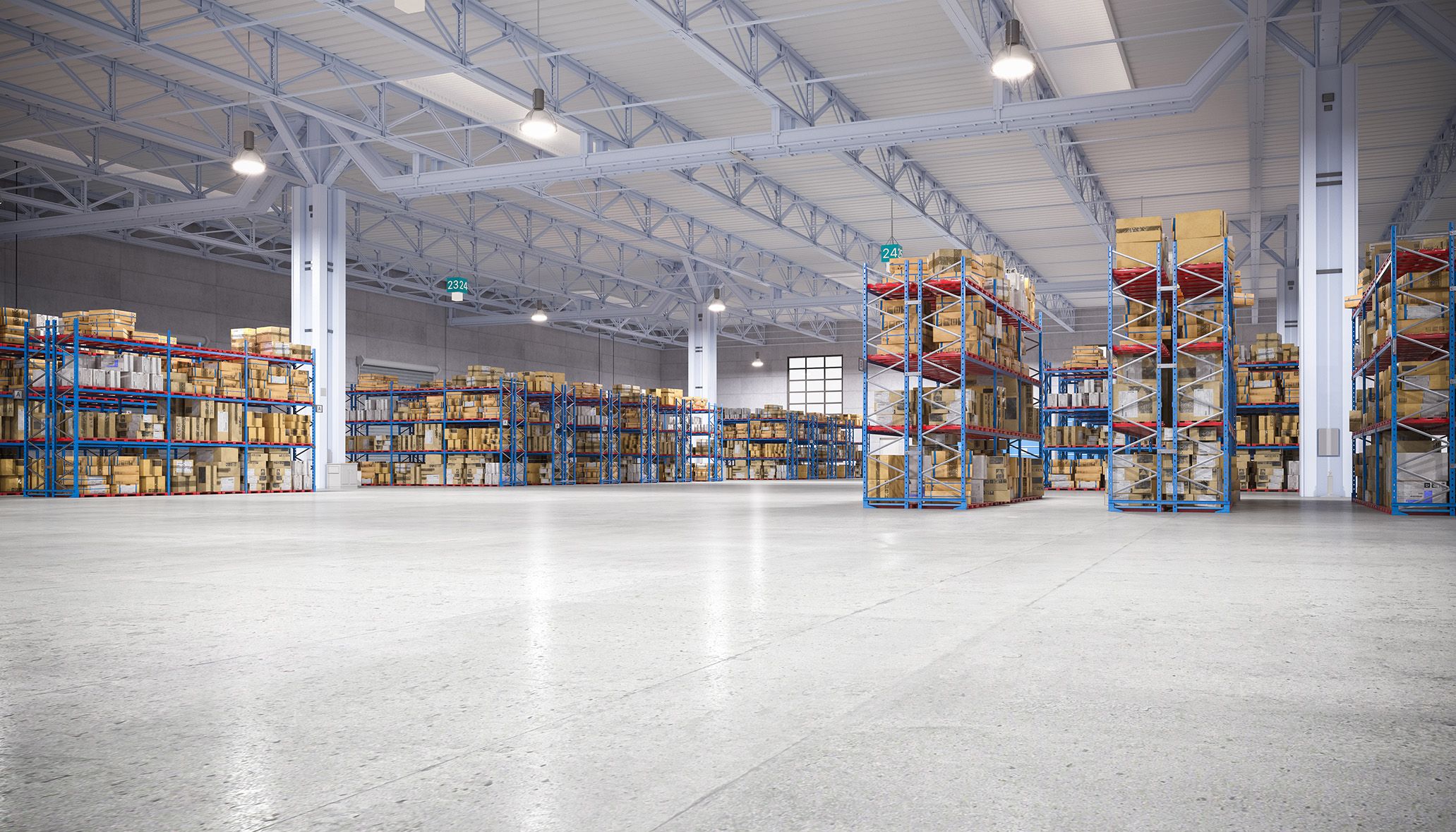
Enhancing Concrete Surfaces: Exploring FM2 Floor Densification with Various Grits
Concrete floors are popular in many industrial, commercial, and residential spaces due to their durability and versatility. However, appropriate upkeep and augmentation methods are crucial to maximizing their longevity and performance.
FM2 floor densification is one such method that's becoming popular in the building sector. To get the best effects, it uses a variety of grits. This article delves into the technical aspects of floor densification with FM2, examining the steps involved and the importance of employing different types of grit.
FM2 Concrete Floor Densification:
FM2 floor densification is a process aimed at improving the surface hardness, durability, and abrasion resistance of concrete floors. It involves the application of chemical densifiers that penetrate the concrete surface, reacting with calcium hydroxide to form insoluble calcium silicate hydrate (CSH) crystals.
These crystals fill the pores and capillaries within the concrete, effectively densifying it and reducing permeability.
The Role of Grits in FM2 Floor Densification:
Grits play a crucial role in FM2 floor densification, determining the level of surface refinement and achieving the desired gloss or sheen. Grits refer to the size of the abrasive particles used in the densification process, typically measured in mesh or microns.
Types of Grits and Their Effects:
Different grit sizes produce varying levels of surface smoothness and reflectivity.
Floor densification is a key tactic in the rapidly changing world of urban development, providing several answers to important problems. As a model of innovative urban design, floor densification maximises land utilisation, promotes sustainability, and revitalises urban places.
- Coarse Grits (30-100):
Coarse grits are typically used in the initial stages of FM2 floor densification to remove surface imperfections, such as blemishes, scratches, and unevenness. These grits are more aggressive and effectively grind away the top layer of the concrete, exposing fresh substrate for subsequent densification steps.
- Medium Grits (120-200):
Medium grits are employed to further refine the concrete surface after coarse grinding. They help smoothen out any rough patches left by the coarse grits, enhancing the overall uniformity and consistency of the floor. Medium grits also prepare the surface for finer polishing stages.
- Fine Grits (400-800):
Fine grits are used in the final stages of FM2 floor densification to achieve a high level of surface smoothness and shine. These grits remove fine scratches and imperfections, producing a polished finish with excellent clarity and reflectivity. Fine grits are essential for achieving a glossy appearance on decorative concrete floors.
Optimizing FM2 Floor Densification with Grit Selection:
The selection of grits in FM2 floor densification depends on several factors, including the condition of the concrete surface, the desired level of refinement, and the intended aesthetic outcome. Contractors and concrete professionals must carefully assess these factors to choose the appropriate grit sequence for optimal results.
Importance of Concrete Floor Densification
Under a microscope, the concrete slab surface seems extremely porous, resembling a brittle sponge which is rock-hard. It becomes even more porous and fragile when you grind or cut the surface and examine it under a microscope.
Thus, the micro edges in the concrete get easily worn down, break off, and float into the air when it is driven over, scraped, or otherwise handled. Because the polished surface's micro edges are weak and easily break off, this is what leads to both slab dusting and making its polished finish dull.
However, a chemical reaction occurs when the densifier is poured all over the floor and left to sink in and stay fluid for at least 30 minutes, if not longer. This process fills in tiny pores, tinny holes, and microfractures.
The expanding CSH subsequently forms a link with the initial CSH, creating a surface that is very dense and durable. It will also prevent dusting and maintain its polished appearance with minimal upkeep. (Not without upkeep) minimal upkeep.
The concrete has now been "densified," significantly less prone to spall or chip, and free of tiny cracks, edges, and pores that could break and result in dusting or a dulled sheen. As the concrete reaches a "Goldilocks zone," it is properly dense to prevent liquid absorption quickly enough to give you enough time to properly clean it up and prevent staining, yet porous enough to enable moisture to travel through the surface
Conclusion
FM2 floor densification with different grits offers a versatile and effective solution for enhancing the performance and aesthetics of concrete floors. By understanding the role of grits and their effects on surface refinement, contractors can achieve superior results tailored to their specific project requirements.
Whether it's removing imperfections, achieving a polished finish, or enhancing durability, FM2 floor densification proves to be a valuable technique in concrete surface maintenance and enhancement.
